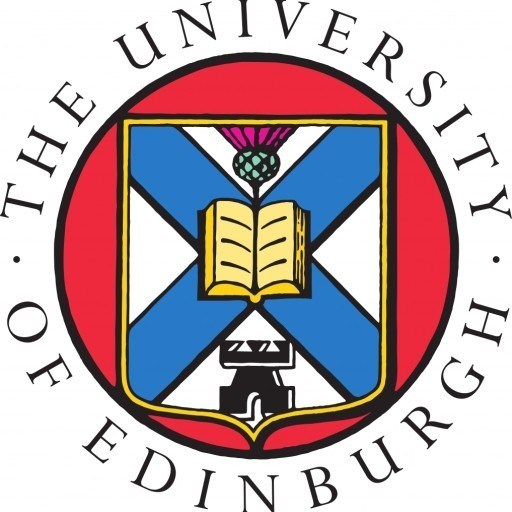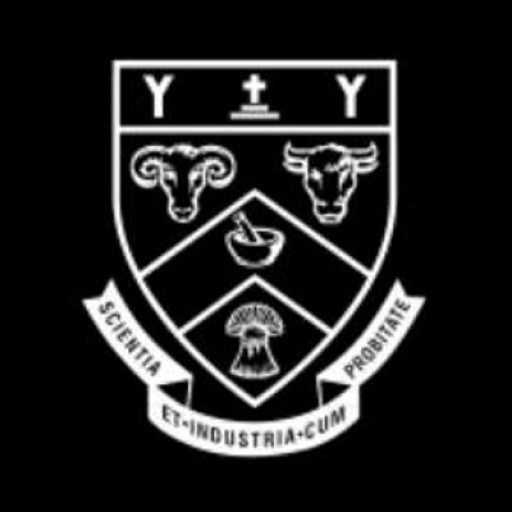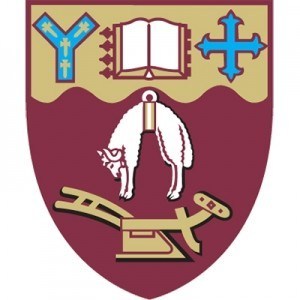This program offers a comprehensive education in Electronic and Computer Engineering, designed to equip students with the essential skills and knowledge to excel in rapidly evolving technological fields. Through a carefully curated curriculum, students will explore the fundamentals of electronics, circuit design, embedded systems, and programming, alongside advanced topics such as digital systems, microprocessors, and telecommunications. The program emphasizes practical experience, with numerous laboratory sessions, project-based assessments, and industry placements to ensure graduates are industry-ready. Students will also gain expertise in computer engineering principles, including software development, hardware integration, and system architecture, preparing them for careers in software development, hardware design, network engineering, and embedded systems. The program provides access to state-of-the-art laboratories and facilities, fostering innovation and hands-on learning. Additionally, students may have opportunities to participate in research projects, industry internships, and collaborative initiatives, enhancing their practical skills and professional networks. The program's multidisciplinary approach ensures graduates are well-versed in both electronic systems and computing technologies, enabling them to contribute to sectors such as telecommunications, aerospace, defense, automation, and IoT (Internet of Things). With a strong focus on problem-solving, critical thinking, and modern engineering practices, students will develop the competencies necessary to address real-world challenges and drive technological advancements. Graduates of this program will be equipped with the theoretical foundation and practical skills to pursue careers in industry, research, or continue their education through postgraduate studies. The curriculum is continuously updated to reflect technological innovations and industry demands, ensuring that students are prepared for a dynamic and competitive global job market. Overall, this program aims to develop innovative, capable engineers who can make significant contributions to advancing electronic and computing technologies in various industrial and societal applications.
Griffith University grants credit and recognition of prior learning which may relate with prior formal instruction or earlier casual and non-formal learning. To learn more, please visit the following internet site:https://www.griffith.edu.au/apply/credit-transfer Credit transferGriffith's innovative Credit Precedent Database allows you to learn which credit conclusions are made previously. All these precedents will provide you with a sense of what it is possible to expect.https://app.griffith.edu.au/credit-precedent/credit_result.php? Ngpc=5644&SortField=Connected%20Institution%20Name&noresultserror=error.html&search View charge precedents with this program
The program requirements for the Bachelor of Electronic and Computer Engineering at Griffith University typically comprise a combination of core subjects, elective courses, and practical assessments designed to equip students with comprehensive knowledge and skills in electronic and computer systems. Prospective students are generally required to have completed a secondary education qualification equivalent to the Australian Year 12, with a strong emphasis on mathematics, physics, and computing subjects. International applicants may need to demonstrate English language proficiency through tests such as IELTS or TOEFL.
The curriculum usually begins with foundational courses in mathematics, physics, and introductory computing to establish essential technical skills. As students progress, they undertake more specialized subjects including digital systems, microprocessors, embedded systems, circuit analysis, and computer architecture. Courses in software development, programming languages, and networking are often integrated throughout the program to ensure practical competence in modern electronic and computing environments.
To deepen theoretical understanding and practical application, students are typically required to complete laboratory work, industry placements, and project-based assessments. Capstone projects often form the culmination of the degree, requiring students to apply their knowledge to real-world problems in electronic and computer engineering. Elective courses enable students to tailor their learning to specific interests such as robotics, automation, telecommunications, or cybersecurity.
In addition to coursework, students are encouraged to participate in industry activities, internships, or research projects to enhance their employability and professional skills. The program may also include opportunities for students to develop soft skills such as teamwork, communication, and problem-solving through group assignments and presentations. Overall, the program is designed to meet accredited engineering standards, ensuring graduates meet industry and professional requirements for electronic or computer engineering careers.
The financing options for the Electronic, Computer Engineering, and Sport Engineering programs at Griffith University are designed to support students throughout their studies. Students can explore various avenues to fund their education, including government assistance, scholarships, loans, and payment plans. Australian citizens and permanent residents may be eligible for financial aid through government schemes such as the Higher Education Loan Program (HELP), which allows students to defer payment of their tuition fees until they are earning above the repayment threshold. International students are required to pay tuition fees upfront or as specified in their offer, with some institutions offering payment plans to spread the cost over multiple installments. Griffith University also provides a range of scholarships based on academic achievement, financial need, or specific student groups, which can significantly offset the costs associated with the programs. These include merit-based scholarships, equity scholarships, and industry-sponsored awards. Additionally, students are encouraged to seek external funding opportunities, including private scholarships, employer sponsorships, and community grants. Some students may also consider part-time work to support their studies, with Griffith University located in Brisbane offering access to various part-time employment opportunities both on and off campus. The university provides career services and financial advice to help students plan their finances effectively, manage tuition fee payments, and access support services if financial difficulties arise. Overall, the financing of these engineering programs is flexible and varied, ensuring students have access to the necessary resources to complete their degrees without undue financial burden.
Electronics and Computer Engineering at Griffith University offers a comprehensive education in the design, development, and application of electronic and computer systems. This program is designed to equip students with a strong foundation in hardware and software technologies, enabling them to innovate and solve complex engineering problems in various industries such as telecommunications, automation, robotics, and biomedical engineering. The curriculum includes core modules in digital systems, embedded systems, signals and systems, programming, and circuit analysis, ensuring students develop practical skills alongside theoretical knowledge. Additionally, students have opportunities to specialize through elective courses in areas like artificial intelligence, cybersecurity, embedded system design, and data communication.
The program emphasizes hands-on learning through laboratory work, project-based assignments, and industry placements, which provide real-world experience and enhance employability. Griffith University maintains close links with industry partners, offering students access to internships that foster professional development and employment readiness. The program also incorporates industry-relevant software tools and simulation environments, preparing graduates for the evolving technological landscape.
Students enrolled in the Electronic and Computer Engineering program benefit from state-of-the-art facilities, including laboratories equipped with advanced electronic testing equipment, microcontroller development platforms, and high-performance computing resources. The program is delivered by experienced academic staff, many of whom have industry backgrounds and research expertise, ensuring instruction is current and industry-relevant.
Graduates of this program are well-positioned for careers in sectors such as telecommunications, aerospace, defense, consumer electronics, and information technology. They may work as electronic design engineers, embedded systems developers, hardware engineers, or systems analysts, among other roles. The program also provides a pathway for further studies, including research higher degrees like a Master’s or PhD in related fields.
Similarly, the Bachelor of Sport Engineering at Griffith University aims to blend engineering principles with sports sciences, focusing on enhancing athletic performance, safety, and sports technology. The curriculum covers biomechanics, sports equipment design, sports data analytics, and injury prevention, aiming to innovate in sports performance and athlete health. Students learn about sensor technology, motion analysis, materials used in sports equipment, and the design of wearable technologies. Practical experience is integral, with students engaging in collaborative projects with sports organizations, working on developing new sports equipment, and analyzing athlete movements using motion capture technology.
The program emphasizes interdisciplinary learning, combining engineering, physiology, and sports science to prepare graduates for dynamic roles in sports technology industry, sports clubs, and rehabilitation centers. Facilities available include motion analysis labs, biomechanics labs, and sports performance centers equipped with advanced technology. Graduates are prepared for careers as sports engineers, biomechanics specialists, sports equipment designers, and sports performance analysts. The program also offers pathways to postgraduate studies and research roles in sports technology innovation, rehabilitation engineering, and athlete performance optimization.










